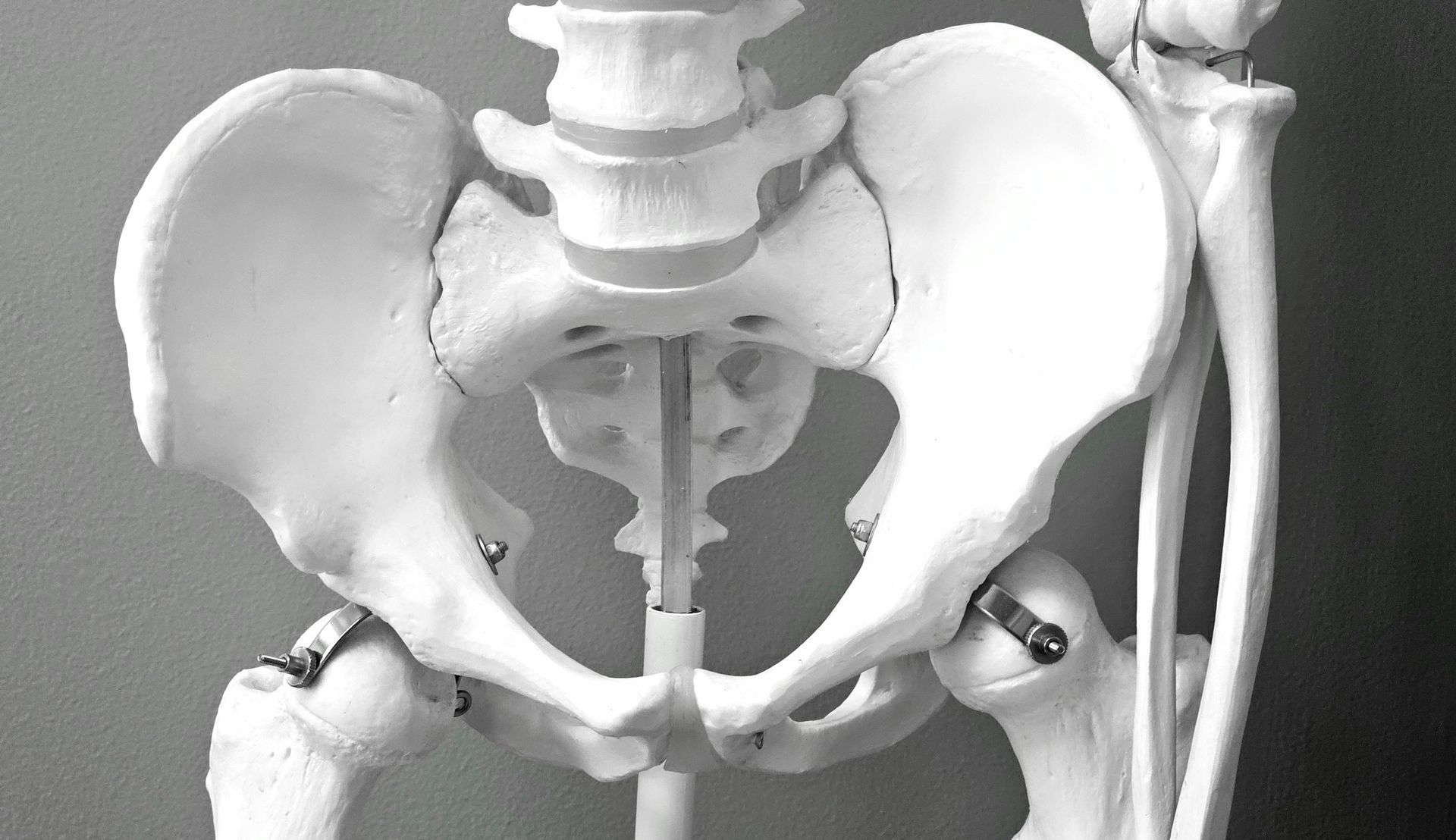Low Back Pain and Low Hanging Fruit

Low back pain: What is it and what steps can I take to improve it?
Low back pain is one of the leading causes of disability worldwide, and millions of individuals of all ages suffered from back pain in 2020 (IHME, 2023). It can hinder people from performing daily activities, working, and enjoying a good quality of life. While many instances of low back pain do resolve with proper care, including PT, a significant number of individuals experience chronic low back pain that lasts for weeks, months, and even years. While many believe low back pain is predominantly a musculoskeletal issue, it can also have a huge impact on your social life, mental health, and even have economic consequences from the limitations and restrictions it can create in your daily life.
Low back pain is defined as pain in the lower part of the spine. It can range from being mild to severe in intensity and range from being acute, lasting a few days to a few weeks, to severe, lasting more than three months. There are many factors that can contribute to the severity of the pain, including factors that are modifiable and nonmodifiable. Nonmodifiable factors include our age, past medical history of back pain or other injuries endured that cause pain, and our genetics. Modifiable factors include occupation, increased body weight/obesity, lack of quality and quantity of sleep, increased stress levels, poor activity level or sedentary behavior, and poor eating habits.
While it is not as easy to change our occupation or age, we can make other adjustments to help improve our pain and therefore, quality of life. Many of the modifiable factors listed above pertain to our behaviors and over wellness, which often have a big impact on our pain and symptoms, severity of discomfort, and even our perception when it comes to addressing our aches and pains. Taking the time to improve these modifiable factors can often help to alleviate the severity of the pain, and help people get back to living a more meaningful life.
You can do this by:
- Aim to get 150 minutes of moderate intensity exercise throughout the week.
- This will improve activity levels throughout the day and increase blood flow throughout the body.
- Walk frequently throughout the day
- Increasing activity levels will help to reduce sedentary time as well as static positions. Posture is often questioned as being a contributor to pain, however, the duration of a position is a bigger cause of discomfort.
- Reduce screen time up to 30 minutes to 1 hour before bed and aim for 7-8 hours of sleep
- This can help to improve the quality of sleep, all and allow the body to recover from stress the day before.
- Work on managing stress levels with meditation, therapy, journaling, and more exercise!
- Mental health and stress are often big contributors to pain and can often worsen symptoms. Taking time to improve this area can often help alleviate symptoms as well as perception of pain.
- Lastly, aim to focus on consuming 1 gram of protein per lb of body weight and consuming whole foods
- Sugar and alcohol can often be irritants for pain, and can exacerbate symptoms.
References
https://www.healthdata.org/news-events/newsroom/news-releases/lancet-new-study-shows-low-back-pain-leading-cause-disability








